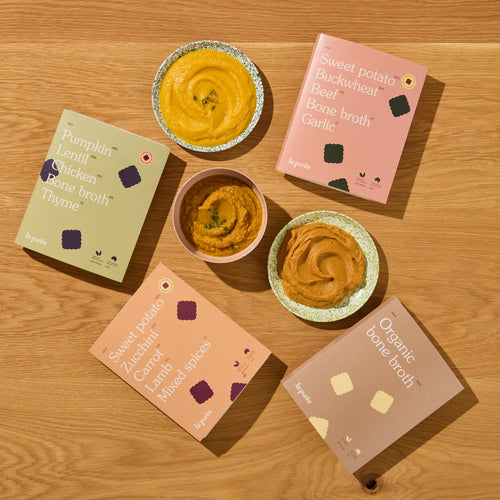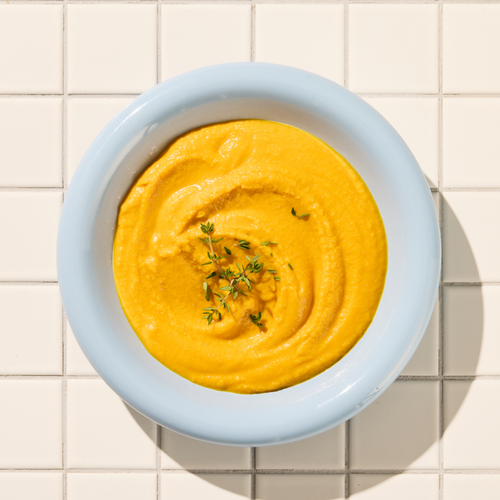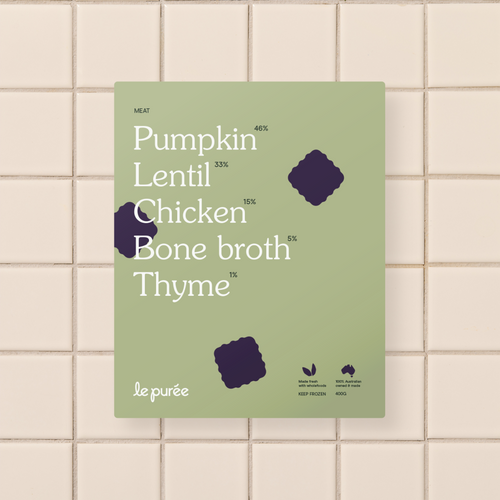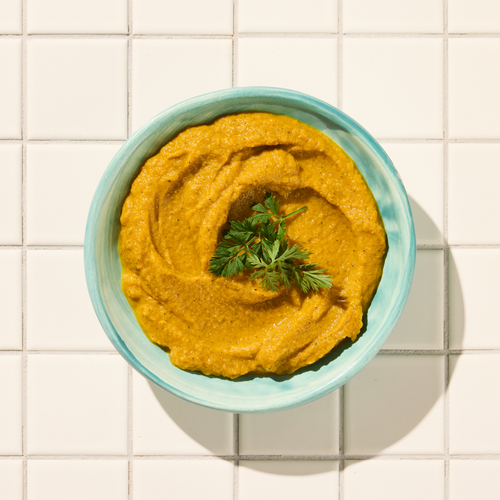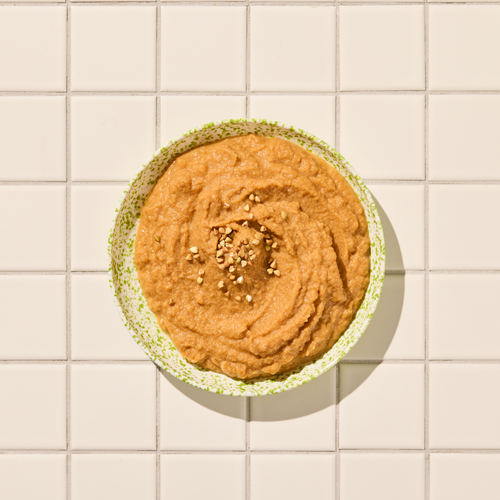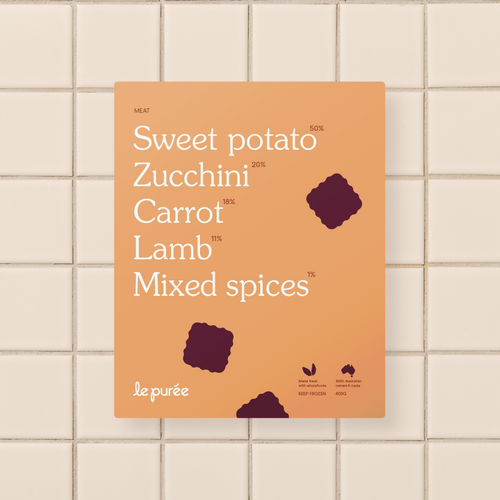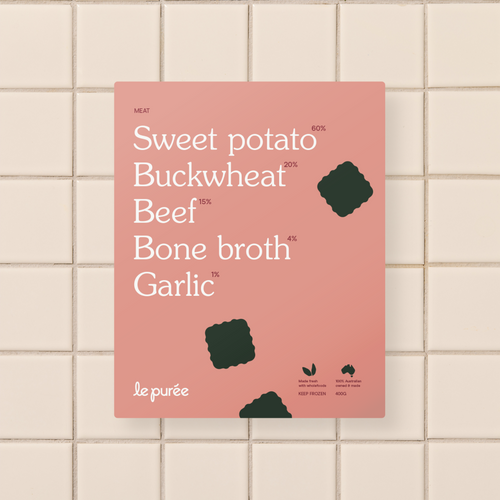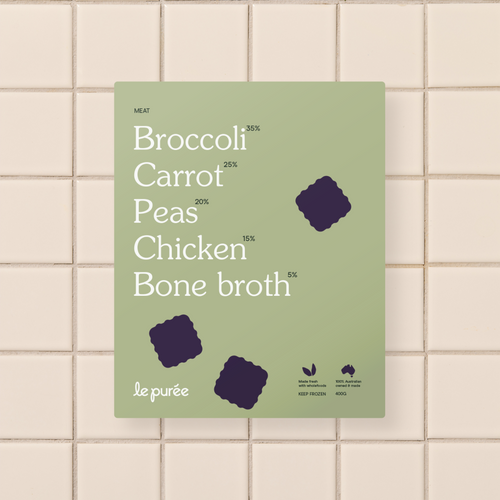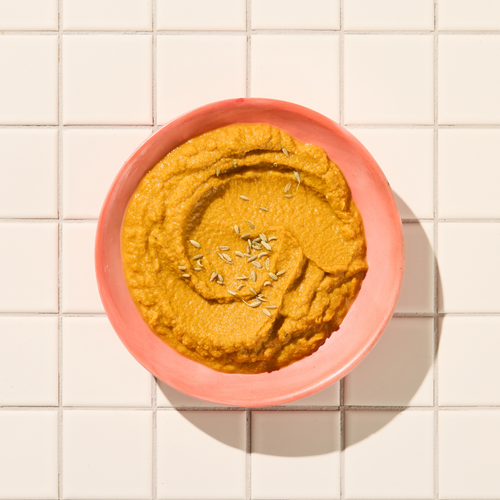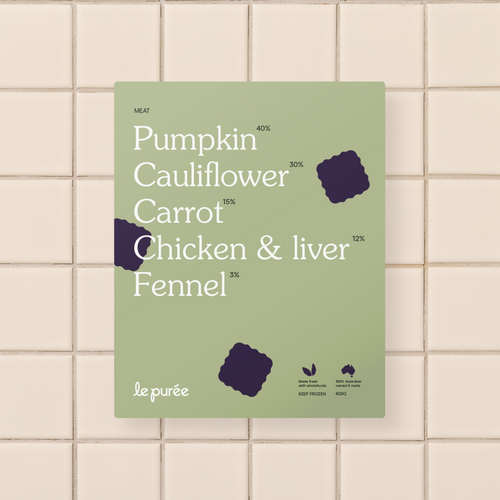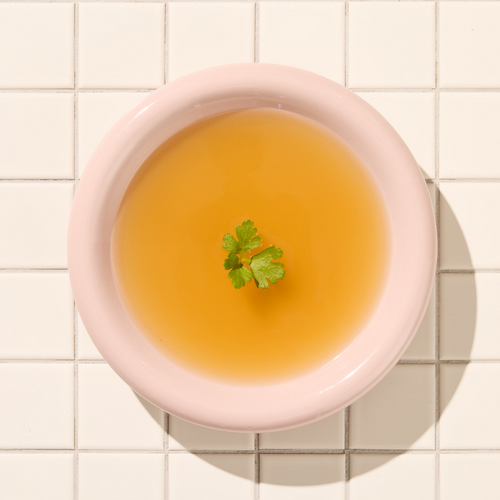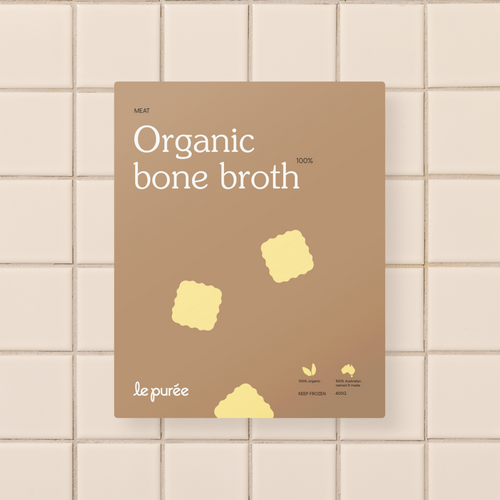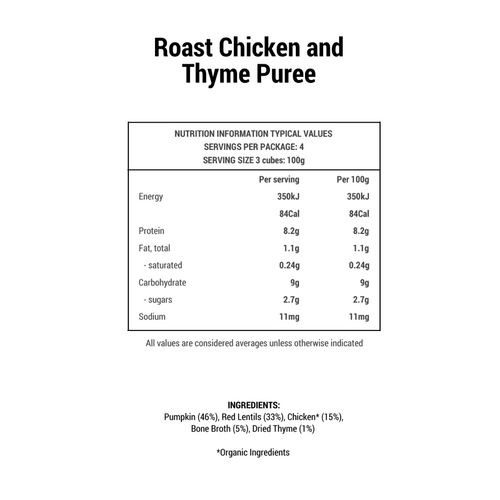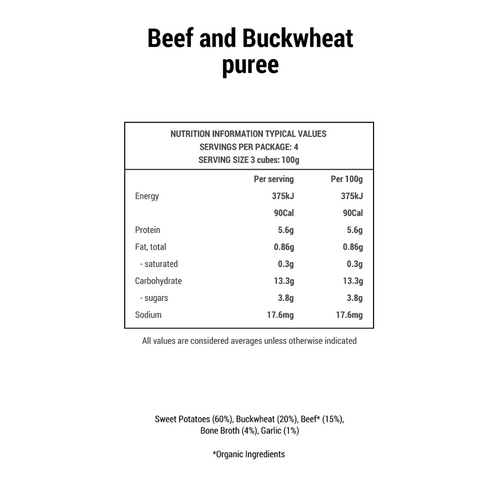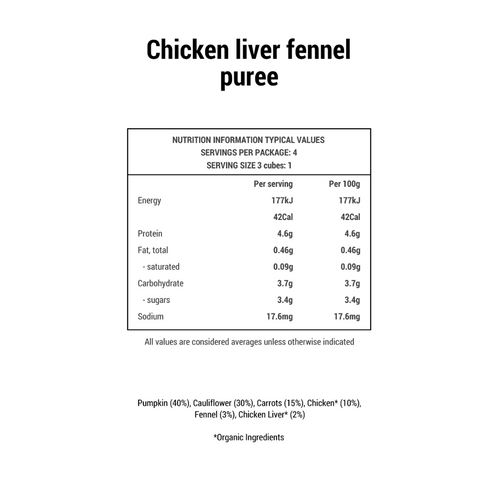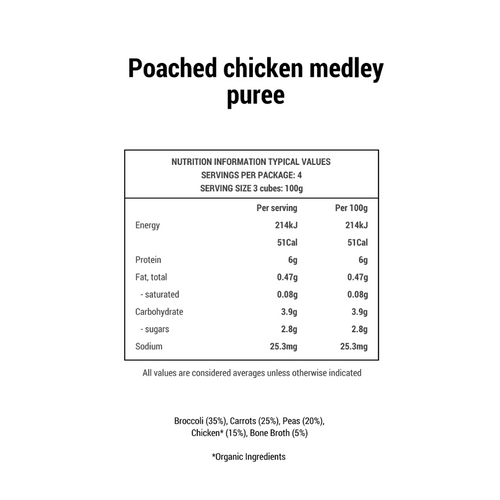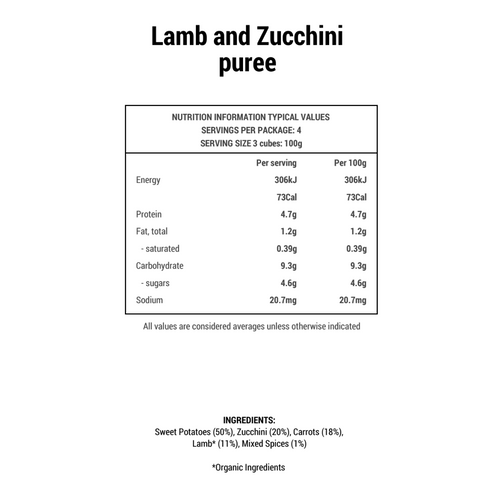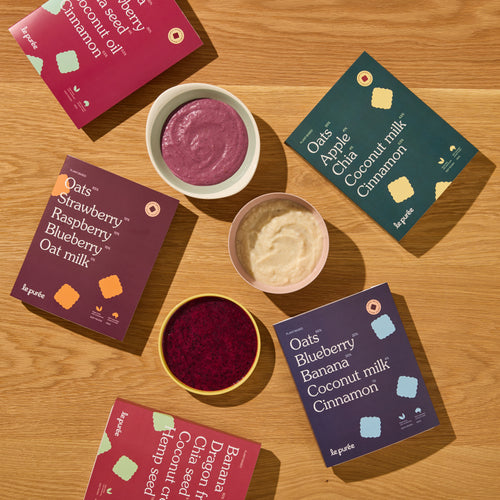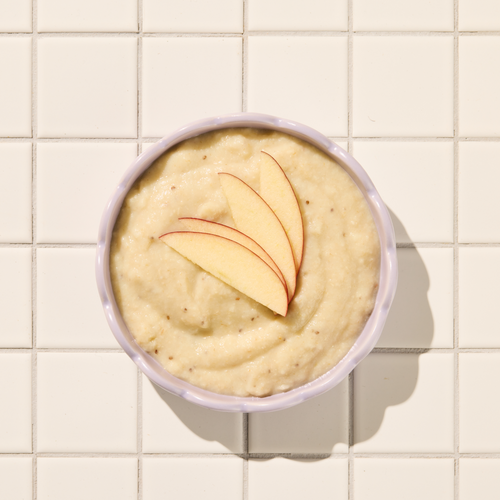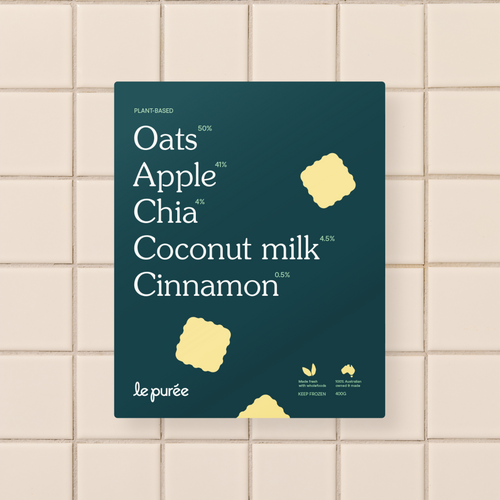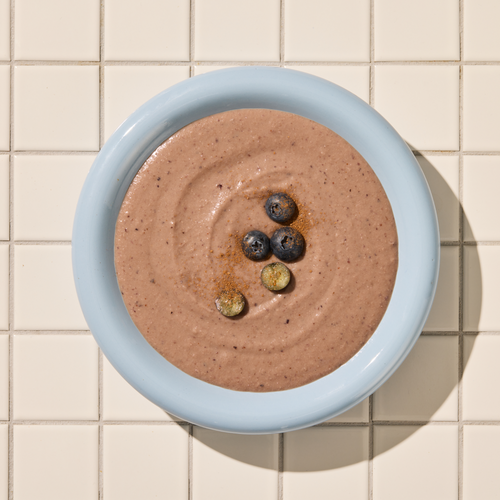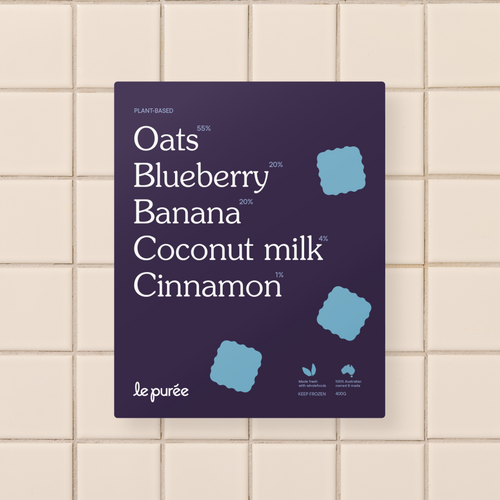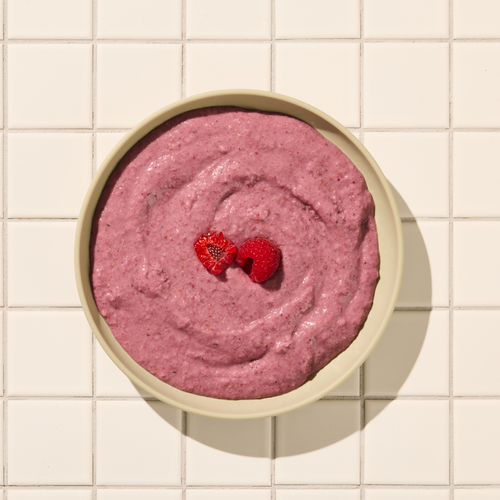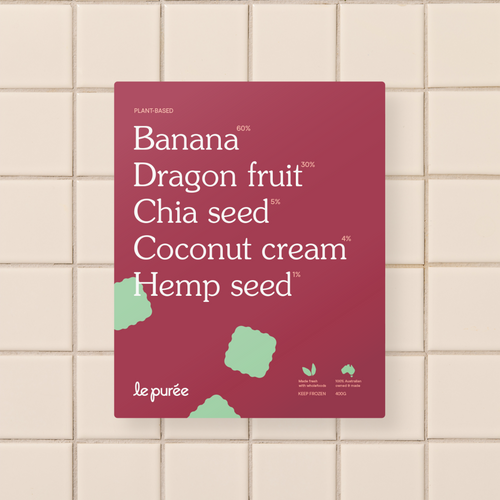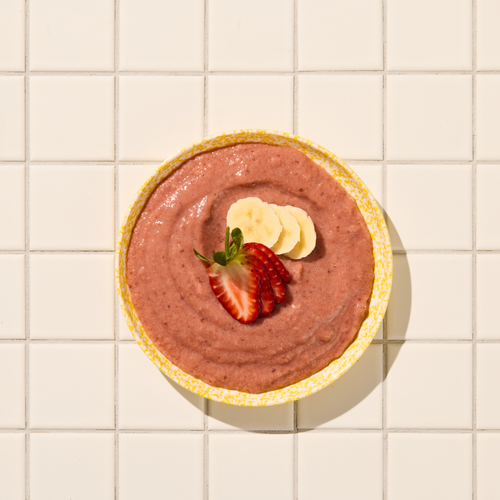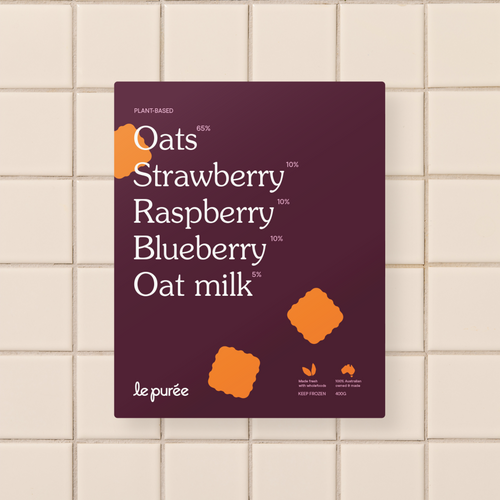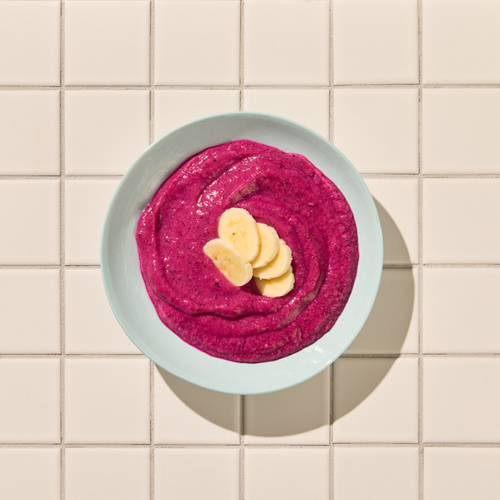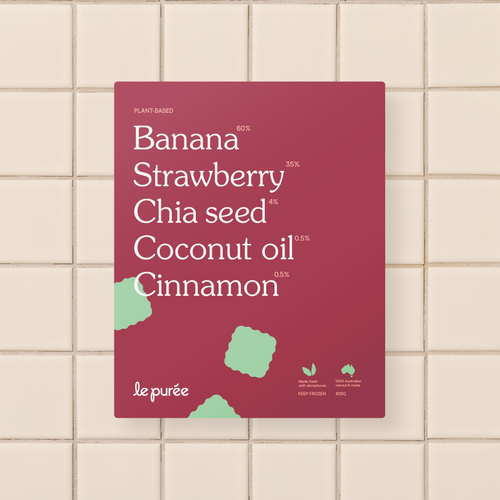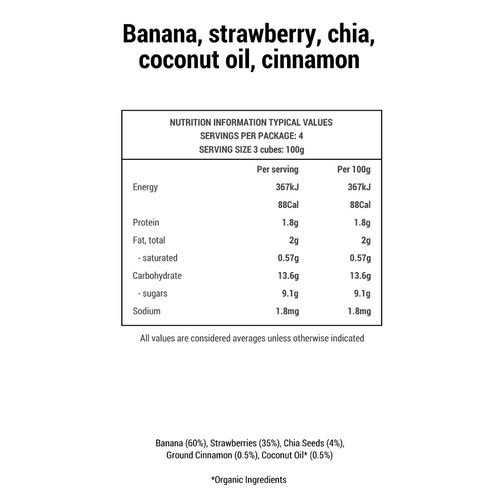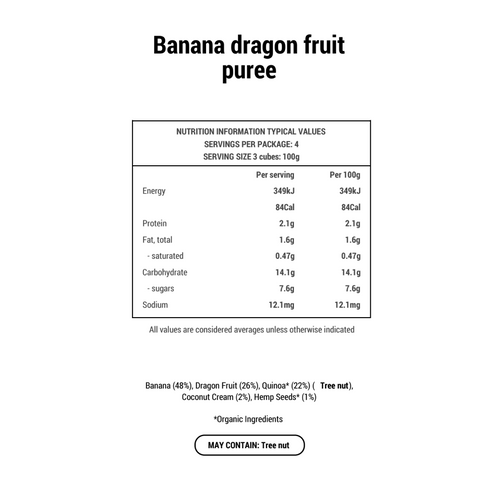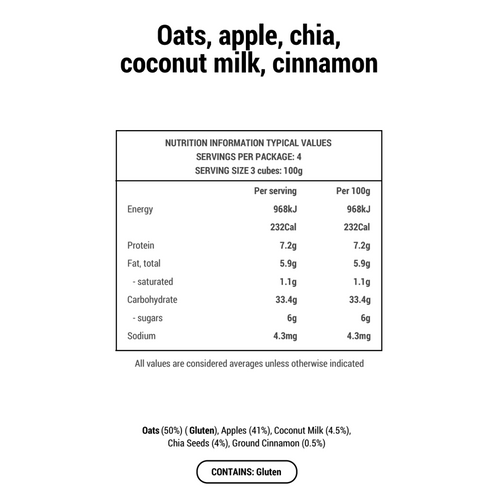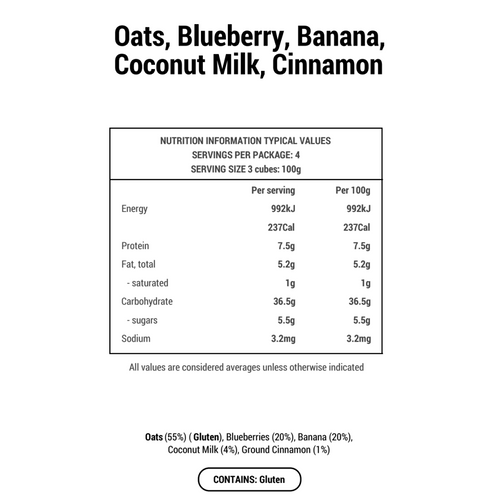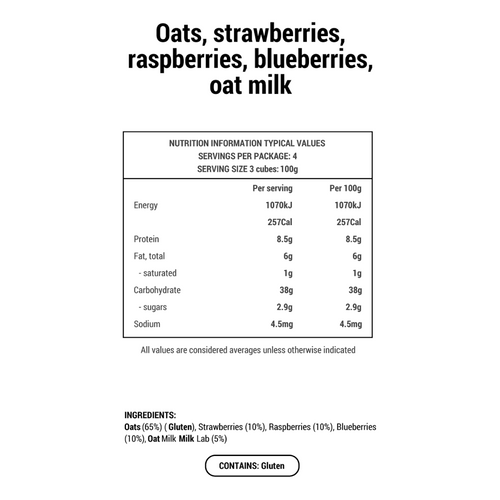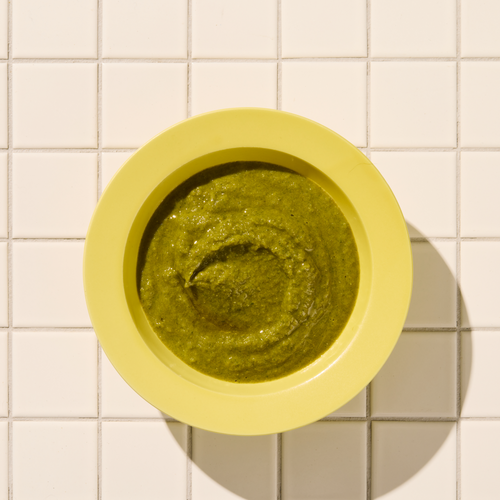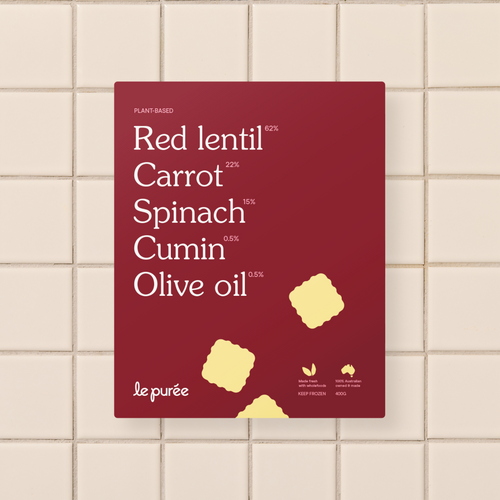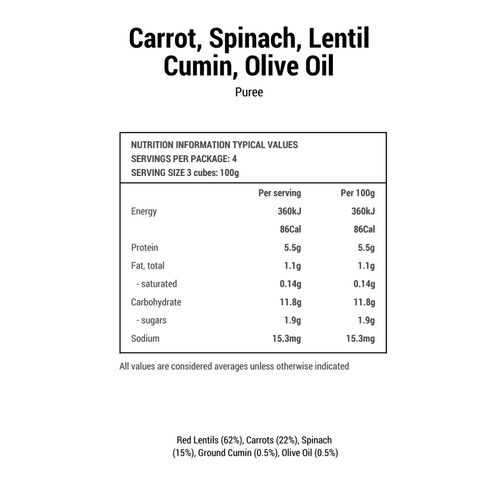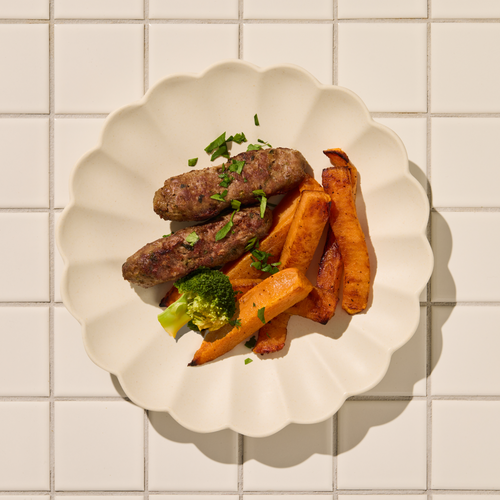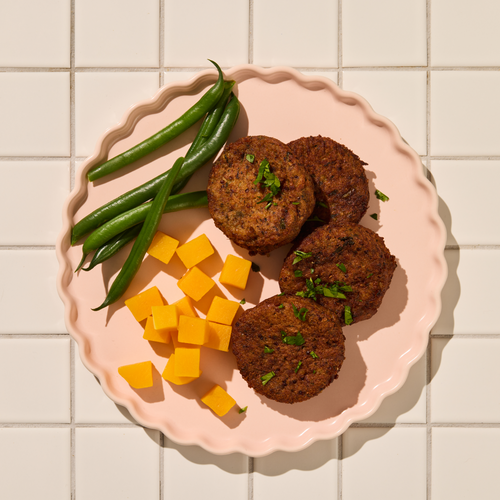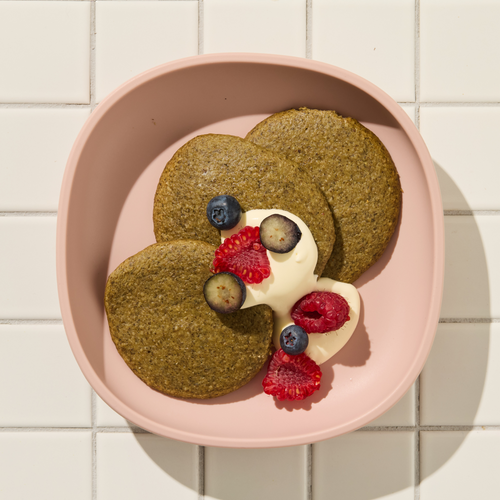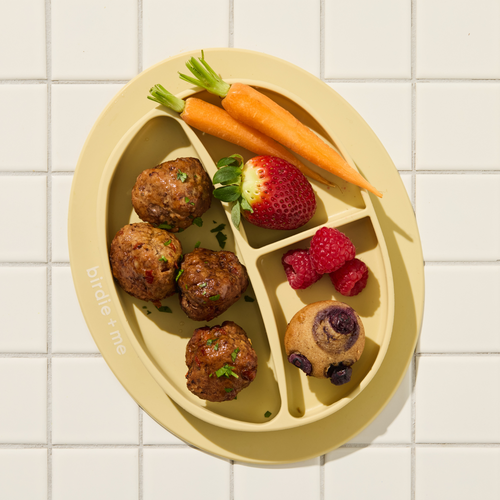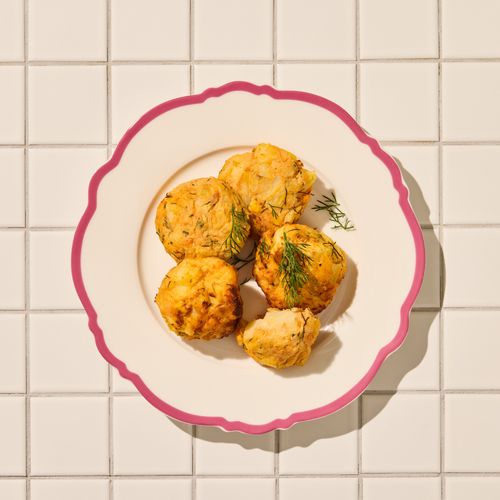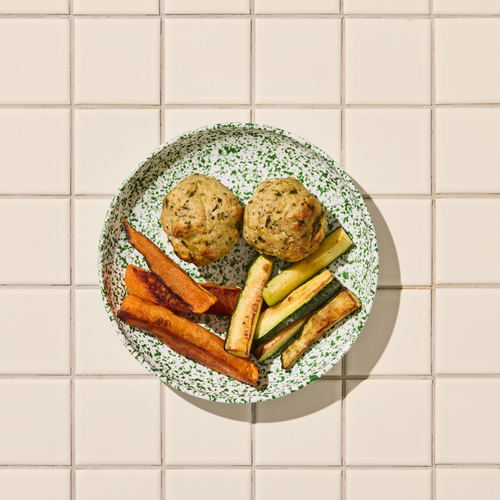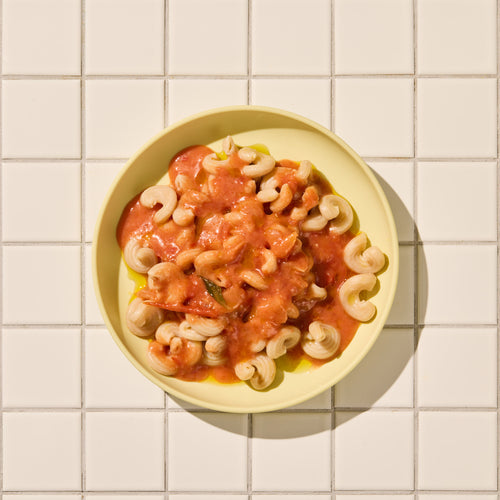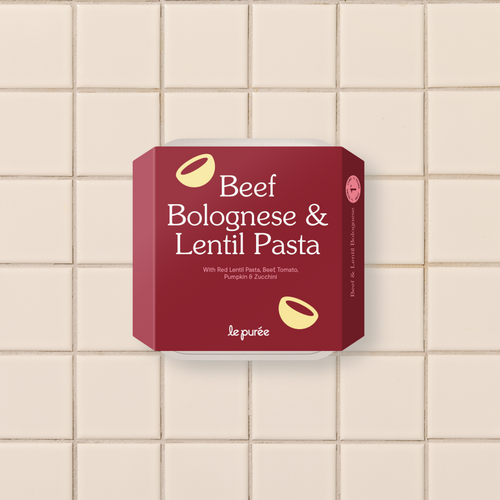By Riff Raff Baby
As you settle into the new chapter of parenthood, you might find yourself facing one of the most talked-about parts of early parenthood: baby sleep. What’s “normal”? Should they be sleeping through by now? Are we creating habits we’ll regret later?
We believe in realistic routines, gentle sleep support, and empowering parents (never guilt-tripping them), so here’s the top 5 Baby Sleep Tips from our sleep specialist friends at Riff Raff Baby:
1. Start with Rhythm, Not Rules
The goal isn’t a strict newborn sleep schedule. Focus on calming cues that tell your baby “sleep is coming.”
Try this simple bedtime flow:
- Warm bath or gentle wipe-down
- Dim lights, quiet voices, swaddle/sleeping bag
- Cuddles, hum a lullaby or play white noise
- A short book
- Pop on your consistent sleep cue (more on comforters below)
2. As They Grow: Awake Times & Nap Rhythms
Your baby’s awake window (time happily awake between sleeps) stretches with age. Too short = not sleepy enough; too long = overtired and wired.
Use this very general guide (every baby is unique):

Quiet yawns, zoning out, eye-rubbing, “over it” fussiness… that’s your green light to start winding down and protect sleep pressure.
What if a nap is short? It happens. A little trial-and-error is normal.
If tracking windows feels like a lot, try the Bambii App for nap/bedtime predictions, age-based awake windows and timers. Download it here.
3. Nourish for Better Sleep
As your baby grows, balanced daytime nutrition can support steadier energy and more settled nights. When your health professional gives the green light, you can try:
• Iron-rich foods (e.g., meats, legumes, fortified cereals) to support growth and development.
• Earlier exposure to new foods in the first half of the day so you can observe tolerance.
• Dinner 2–3 hours before bedtime to allow comfortable digestion.
• Keep pre-bed snacks simple and low in added sugar.
Check out our nutritious, dietitian-designed meals - making starting solids easier and supporting your little one’s growth and development.
PICTURED: Le Purée Banana, Dragonfruit, Chia Seed Purée
4. Sleep Associations & Learning to Self-Settle
Self-settling is a learned rhythm that grows with connection, repetition, and trust.
- Internal associations: feeling calm, cuddled, hearing a familiar lullaby/white noise, holding a comforter
- External associations: rocking/feeding to sleep, dummy replacement, patting/bouncing.
If your little one wakes frequently and can’t return to sleep without you, it may help to gently introduce more independent cues.
Start small:
- Begin changes at bedtime when sleep pressure is highest
- Keep a strong, connecting wind-down routine
- Pause briefly before “fixing” every wake (responsive, not rushed)
-
Choose one change and keep it consistent for a few nights
5) Comforters: soothing tools (and how to introduce safely)
A comforter like a Riff Raff Sleep Toy is more than a cute friend - it’s a consistent sleep cue that supports emotional regulation and separation comfort.
Babies are born needing closeness, and while nothing replaces you, a comforter can gently step in when you’re not right beside them. It carries the scent, softness, and routine of home - offering a quiet reminder that they’re safe, loved, and never far from your care.
Comforters can:
- Help reduce separation anxiety
- Support transitions (like daycare or travel)
- Provide a sense of routine even in unfamiliar environments
- Help bridge the gap between external soothing and internal settling
One last thing…
If you’re in a tricky patch right now: your baby is not broken, and you are not behind. Some days are smooth. Some are stormy. You are the constant, the comfort, the one they trust most and that’s more than enough.
Disclaimer: The information provided in this guide is for general educational and support purposes only. It is not medical advice and should not replace consultation with qualified health professionals. Always seek advice from your GP, paediatrician, or maternal and child health nurse regarding any concerns about your child’s health, development, or sleep. For current safe-sleep recommendations, please refer to Red Nose Australia.









